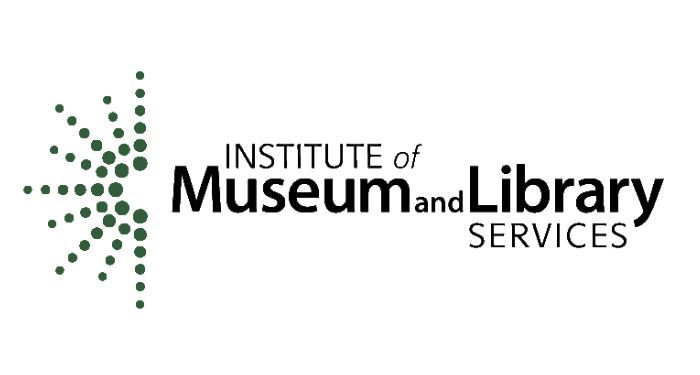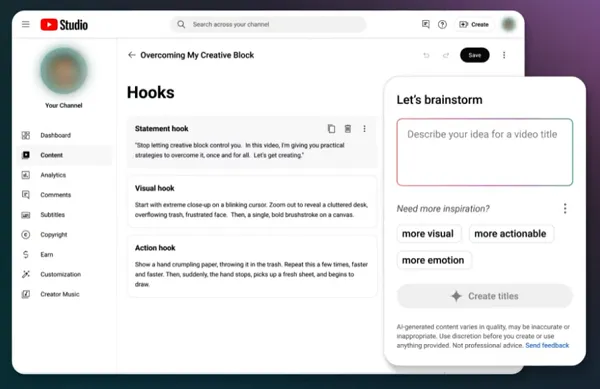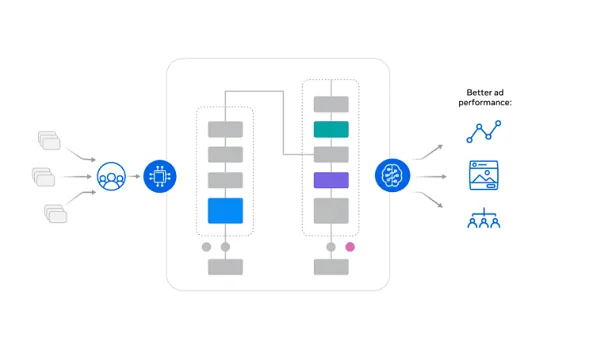A recent Wall Street Journal headline announced, “M&A Can Pay Off, but It’s Far From a Sure Thing.” The article began, “Does M&A work? The latest research says it’s a tossup.”
Managing a merger or acquisition is one the most important, but hazardous, events in a manager’s career. It is complex and fraught with potential setbacks like overpaying or failing to integrate the companies well.
Managers can successfully frame and manage a merger with three critical steps—and a caution. Here are the three steps:
• Be clear about your specific objectives
• Identify carefully what fits, what has value and what to pay
• Be disciplined on how you reassemble the combined company
Here’s the caution: Beware of relying on “synergies” to justify the merger—they are very compelling because they appear easy to quantify, but the real value comes from doing things differently.
There are two primary types of mergers/acquisitions: Add-ons and transformational. Add-on mergers simply extend a firm’s existing business (e.g., by acquiring a firm in an underserved territory or by adding a new set of product lines). Transformational mergers create a new set of capabilities that neither firm alone could have achieved.
Add-on mergers
The objective of an add-on merger is to develop more high-profit business by adding locations, products or other business dimensions. A company can achieve this either by acquiring a new set of high-profit customers and selling them more high-profit products, or by acquiring a set of products or operational capabilities that will increase the profitability of current and new customers. This is critical because in almost all companies, only 10-15 percent of the customers and products produce high profits.
An Enterprise Profit Management solution (EPM) is the key to identifying both your current high-profit customers and products, and an add-on acquisition candidate’s quality of earnings.
EPM clusters customers (and products, stores, etc.) into profit segments. It creates a full, all-in P&L for every transaction (every product bought by every customer every time), and uses a sophisticated data structure to combine and recombine these transactions to show the profitability of every nook and cranny of a company.
Over years of experience with EPM, we have found that virtually all companies have a characteristic pattern of profit segmentation:
• Profit Peak customers—typically about 20 percent of the customers generate 150 percent of a company’s profits;
• Profit Drain customers—typically about 30 percent of the customers erode about 50 percent of these profits; and
• Profit Desert customers—typically the remainder of the customers produce minimal profit but consume about 50 percent of a company’s resources.
EPM also provides reliable, granular information to judge the robustness or fragility of these profits by systematically analyzing key customer profit segment factors like concentration of profits, number of customers, customer tenure, product mix and even profits earned by each sales rep.
You can assess and project the additional earnings that add-on products, services or customers would produce in each profit segment using the Profit Health Index, which we described in a recent StrategicCFO360 article, “Maximize Your Profit Health Index.” In essence the Profit Health Index is a critical metric that is calculated as your (or your target’s) net Profit Peaks (i.e., Profit Peaks minus Profit Drains) divided by your Profit Peaks, expressed as a percentage—in other words, the percent of your Profit Peaks earnings that “read through” to your net profit.
This information will enable you to deeply understand the value that the add-on will create, which is essential for pricing the transaction. While an acquisition candidate may well be reluctant to reveal the specific identity of its Profit Peak and/or Profit Drain customers and products, it is very reasonable to view its Profit Health Index, especially trended over several periods.
After the acquisition, the more detailed EPM information will guide you in creating a detailed roadmap and schedule for acquisition integration—customer by customer and product by product.
Transformational mergers
In my experience from having been deeply involved in a number of transformational mergers in several industries, the most important differentiator between success and failure is whether the company’s top management creates a new strategy that would not have been possible without the merger. In the absence of this, the company’s factions simply focus on squabbling about “who wins.”
Companies merge because a significant market opportunity arises that could not be fully met by either company under its former structure. The merged company must change its organization and structure to meet the new opportunity, and to realize the profitability, growth and strategic advantage it offers. The new organization necessarily must draw parts of the old organizations that fit the new strategy, drop parts that don’t fit and deliberately combine them in a new way to do essential new things.
Successful transformational mergers are very different from add-ons. In these mergers, it is particularly important to be clear about why the merger is needed, and what specific new advantage will result. EPM profit segment analysis—especially the Profit Health Index—will provide an important basis for projecting the profit segments of the merged company, as well as a grounded basis for pricing the transaction.
Combining the companies is fraught with pitfalls. It is especially important to develop a very short list of the things that the new organization must get right to accomplish the new strategy. This requires relentless top-management follow-though with a clear focus (and repeated messaging) on the reasons for the new strategy, along with a series of “report cards” on the organization’s progress toward implementing the very short list of things that must be done right. This must be coupled with significant compensation based on accomplishment benchmarks (not just “retention bonuses”).
Two examples
Here is an example of a successful merger. Several years ago, Baxter developed a new business, currently called ValueLink (now part of Cardinal Health) that was a role model for the vendor-managed inventory systems that followed. Baxter developed a system in which the company stationed operations supervisors in many of its Profit Peak customers. These individuals counted the stock in the hospital’s patient care areas and clinics, transmitted the replenishment order to Baxter’s local distribution center where it was picked into ward-specific totes and transported to the hospital, and put the product away on the floors.
This created great savings both for the hospitals and for Baxter, and high barriers to entry as well. When Baxter’s top managers saw the power of this relationship, they acquired American Hospital Supply in large part to gain a much broader set of products to pump through this new channel.
For the new strategy to work, Baxter had to reorganize the old companies to service its focus accounts in a new way. For example, prior to the merger, Baxter’s customer service reps (CSRs) called a hospital frequently to take orders. At that time, most of Baxter’s products were high-volume bulk commodities like IV solutions and examination gloves that were under long-term contract.
American Hospital Supply, on the other hand, had a wide variety of specialty products. The company created a then-innovative system called ASAP, which essentially was a remote terminal located in their hospital customers so their purchasing agents could order directly without a phone call.
When the merger steering committee reviewed this process, they determined that American’s remote terminals were ideal for reordering Baxter’s high-volume consumable commodities that essentially were releases against a blanket order, and which did not require CSR interaction. The Baxter CSRs, on the other hand, were very well suited for cross-selling and up-selling American’s more complex, specialized products.
In a parallel process, the steering committee reorganized the merged company’s distribution centers to reflect the division between the new company’s bulk commodity products and its smaller specialty products (which were often ordered in small quantities). This matched the nature of the product with its most efficient distribution facility regardless of which former company contributed it.
In another successful example, soon after the breakup of AT&T, NYNEX was formed by the combination of New York Telephone and New England Telephone. Before the merger, each company had a “silo” organization, with company-wide divisions for engineering, maintenance, marketing, finance and so on.
The committee charged with restructuring the new company decided to change this structure, and instead divide the company into five divisions, each under the management of a group vice president, and each with a full multicapability organization. Their reasoning was that the new company’s markets were very different along an urban-suburban-rural dimension, and that each set of markets required a very different management plan.
The company’s five divisions—Manhattan business district, the rest of New York City, Boston, the suburbs of New York and Boston, and rural/semi-rural areas—reflected this new organization. New York and Boston were seeing strong demand for advanced services, and experiencing aggressive, capable competitors from outside the industry. The suburbs had a characteristic mix of business and residential demand, but with much less competitive encroachment. The rural and semi-rural areas of New York and New England, on the other hand, had a host of characteristic problems, including costly, difficult maintenance coupled with low rates.
In assembling the team of new managers, the committee was very careful to choose the most appropriate managers regardless of company of origin, rather than taking a “quota” of managers from each company. The component companies were heavily unionized, which was a big difficulty in facing the non-union competitors, so the new company initiated an aggressive, company-wide program to substitute automation for labor, and also moved strongly to grow its non-union wireless business.
This created a core of the company that became Verizon.
Transformation management
Enterprise Profit Management has a crucial role in managing the combined company during the transition period. One of the biggest and most difficult problems is combining the financial systems of the component companies. Often, this can take a year or more, and this handicaps the management team’s ability to manage the merger and reposition the combined company.
EPM effectively eliminates this problem. Because it is a SaaS system, there is no need to install complex software. Instead, EPM only requires a few data feeds—like the sales master file and general ledger—from each company. The Enterprise Profit Management software can produce a combined company-wide income statement and other key metrics in a few weeks, and keep them updated throughout the transition period.
The EPM income statement and metrics will be fully granular and accurate enough to support company-wide decision-making. This will enable the management team to analyze and manage critical areas without having to wait for the lengthy process of integrating financial systems.
Problem mergers
Transformational mergers that fail have a typical pattern. The process starts with a view that the two companies together will create a new capability that will enable the merged company to capture more business. The merger analysis includes separate projections of revenue gains and cost reductions (through “synergies”). The merger price is derived from these calculations, although it often varies due to exogenous factors like competitive bidding.
When the companies are combined, the management teams are assigned to new jobs in a way that represents “fairness” to both companies. The revenue projections are problematic, both because an EPM analysis would show that much of the new revenues (and the pre-existing revenues of the component companies) were Profit Drains and Profit Deserts, and because by nature these projections have a lot of uncertainty (and in some cases, they actually were set at levels which would justify the merger).
The cost projections are similarly problematic because they most often are rooted in “synergistic” cost-takeouts which appear to be easy to measure. This leads to two big problems: (1) organizational resistance often slows the cost reduction process; and (2) more importantly, in a rush to get more revenues in order to meet the sales projections, the sales reps bring in a significant amount of Profit Drain and Profit Desert business (unless the company disciplines this process by using an EPM system to target Profit Peak accounts).
Successful mergers
Successful mergers enable a company to dramatically change its positioning and prospects. This is especially important in this time of market transition and turmoil. Problematic mergers, on the other hand, can paralyze a company while its competitors make strides.
Successful managers have well-grounded clarity about the rationale for the merger, a deep understanding of the step-by-step roadmap for change and relentless discipline in driving the integration. With these essential elements, you can navigate through this complex process and create years of high-profit growth.
The post 3 Critical Steps For Managing A Merger appeared first on ChiefExecutive.net.








































![Spider-Man Is Back in Black With the Green Goblin in New Funko Pop! Figures [Exclusive] Spider-Man Is Back in Black With the Green Goblin in New Funko Pop! Figures [Exclusive]](https://static1.colliderimages.com/wordpress/wp-content/uploads/2025/03/spider-man-the-animated-series-green-goblin.jpg)






























